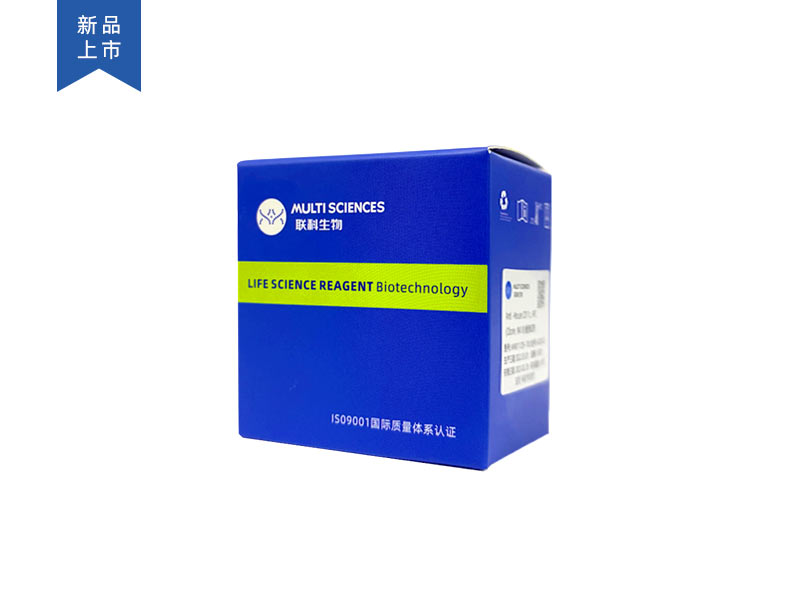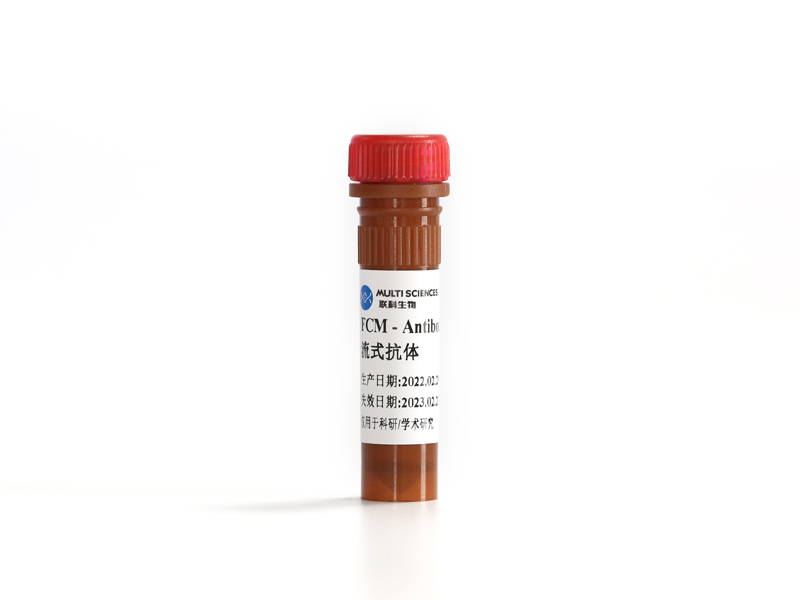Coaxial electrospun fibrous membranes show favorable mechanical properties for use in guided bone regeneration (GBR). We used coaxial electrospinning technology to fabricate three-dimensional nanofiber membranes loaded with BMP-2 and IGF-1, and assessed the physicochemical and biological properties of these novel membranes in vitro. We fabricated four experimental groups of BMP-2/IGF-1/BSA-loaded membranes with different flow ratios (shell/core). Membrane characteristics were assessed by scanning and transmission electron microscopy, and laser confocal microscopy. Physicochemical and drug release properties were evaluated based on contact angle, mechanical property testing, X-ray diffraction analysis, and ELISA. The membranes were seeded with bone marrow-derived mesenchymal stem cells (BMMSCs) to estimate their biological properties based on cell viability and alkaline phosphatase (ALP) activity. The four membrane groups presented uniform diameters and core-shell structures. Acceleration of the shell solution flow rate increased the contact angle and mechanical properties of the fibrous membrane, while dual-factor addition did not impact fiber structure. Each drug-loaded membrane showed a gradually increasing release curve, with varying degrees of burst and sustained release. Compared to the other groups, the membranes with a core-shell flow ratio of 1:10 showed better drug-loading capacity and sustained release performance, higher biological properties and good barrier function. Optimal parameters were chosen based on the physical and chemical characteristics and biological properties of the membrane. Our results imply that the BMP-2/IGF-1/BSA-loaded coaxial electrospun fibrous membrane with optimum parameters is a suitable barrier membrane for GBR, and releases multiple factors promoting osteoconduction and osteoinduction.
文章引用产品列表
-
- F2103401
- 流式抗体
Anti-Mouse CD34, FITC (Clone: 013)检测试剂
- ¥1,256.00 – ¥2,784.00



